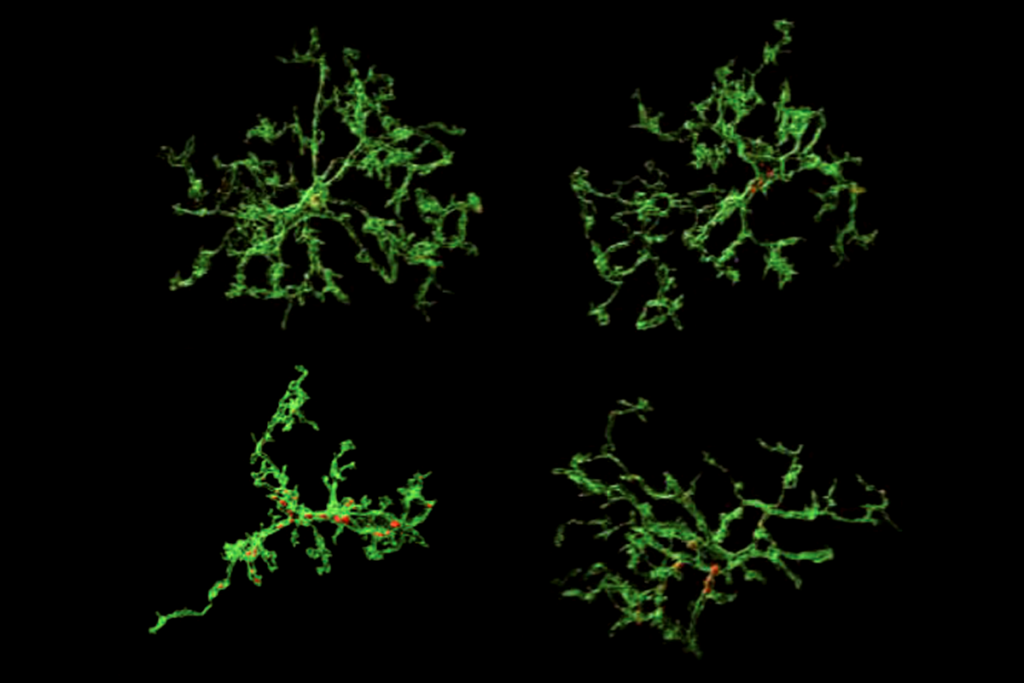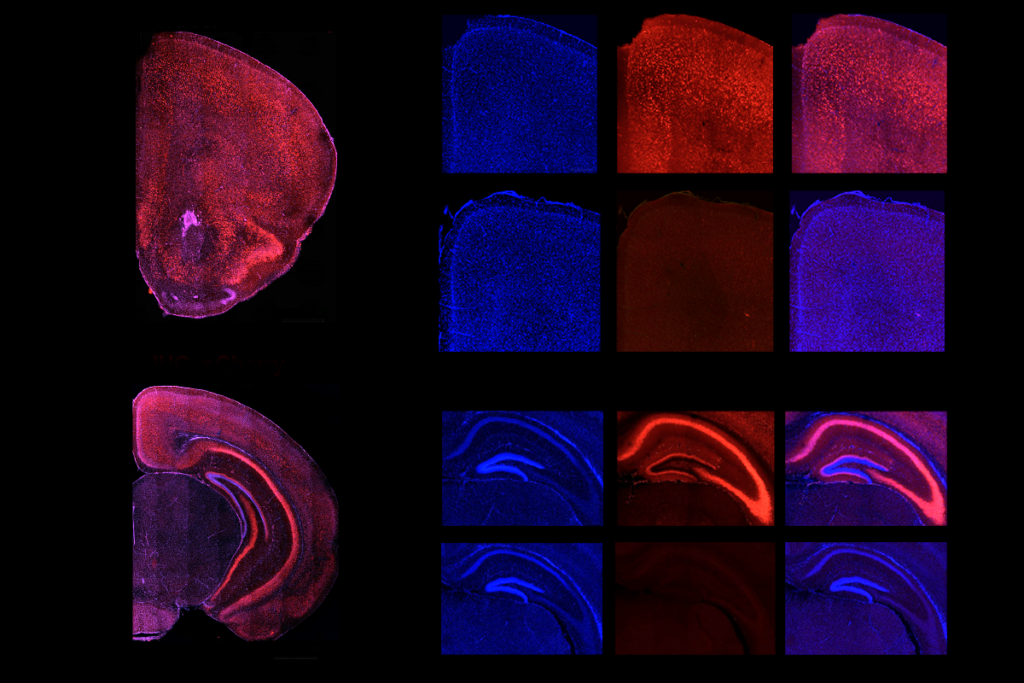Devising spectrum of tests for different types of autism
Finding biomarkers for different forms of autism may lead to more effective treatments for each.
One of the biggest challenges in studying autism is the condition’s heterogeneity. By definition, each person with autism has difficulties interacting and communicating with others and engages in repetitive and restricted behaviors. But the nature and severity of these features vary significantly. This diversity represents a major hurdle for developing treatments for individuals on the spectrum.
Most studies ignore this diversity and instead focus on what makes people with autism different from a ‘neurotypical’ control group. No single psychological or neurobiological feature has emerged that characterizes all people with autism1. Rather, there appear to be distinct subtypes of the condition that vary in their cognitive profile, underlying biology and prognosis.
This variability means that subgroups of people with autism may need different treatments. A certain treatment may be effective for a subtype of the condition, but clinical trials that include people of all subtypes may not pick up on its benefit.
In order to identify individuals with different subtypes of autism, we need ‘stratification biomarkers.’ These biomarkers could be biological features, such as atypical brain development or function, detected with, for example, electroencephalography, which picks up brain waves using electrodes attached to scalp. They could also be behaviors, such as atypical gaze behavior, as measured by eye-tracking technology.
Digging deep:
Several teams have tried to identify biomarkers for autism, but most of the studies have involved fewer than 30 participants per group. If researchers were to split each of these groups into two or more subgroups, they would quickly lose the statistical power to detect any effects.
We designed the Longitudinal European Autism Project to sidestep this pitfall. The project, which is part of the European Union Autism Innovative Medicine Initiative (EU-AIMS) consortium, is the largest multidisciplinary study on autism to date.
The study includes more than 350 people with autism spectrum disorder, 250 children and adults with typical development or mild intellectual impairments, and 20 typically developing twin pairs; the participants range in age from 6 to 30 years. It also includes more than 50 twin pairs in which one sibling has autism, helping us to better tease apart genetic and environmental factors.
In this project, we thoroughly assess each participant’s autism symptoms, quality of life, daily living skills and cognitive function. We also perform imaging to track brain development and function over time, and collect blood and saliva for genomic analyses. Through a tight collaboration between seven European universities, we were able to test this large sample in less than two years.
Neural signatures:
We are using two approaches to identify biomarkers for autism subtypes. In the first, we split participants into groups based on characteristics that are likely to reflect biological differences.
For example, some biomarkers may be specific to a certain gender or age range, or to people who have intellectual disabilities2. Neural signatures may also differ between people who have autism only and those who have both autism and conditions such as attention deficit hyperactivity disorder or depression.
In the second approach, we plan to use innovative techniques to discern certain subtypes from their cognitive profiles or patterns of brain connectivity3.
We are also excited to explore whether we can identify subtypes based on a person’s profile of genetic mutations, which cancer researchers have used to identify tumor subtypes4.
If these techniques enable us to systematically subdivide autism, we plan to compare the neurobiology and clinical symptoms of the resulting subgroups. This may reveal ‘final common pathways’ — shared features caused by different genetic or environmental factors.
Personalized medicine:
While designing the study, we planned for the phase that starts after the research is complete. We believe this should be a key component of studies aiming to find biomarkers for autism.
In particular, we took steps to smooth the way toward regulatory approval for these biomarkers. Early on, a team of academic and industry partners from EU-AIMS consulted with the European Medicines Agency — the European counterpart of the U.S. Food and Drug Administration — about parameters for our study that would enable us to convince regulators that our biomarkers are ready for use in clinical trials.
We asked for advice on whom to include in the study, which outcome measures to use and how best to identify biomarkers. We published the outcome of these discussions on 31 December in Nature Reviews Drug Discovery 5.
We hope that the findings from our study will bring us closer to developing stratified or personalized therapies for autism. After all, autism is not one thing. We need to find treatments or interventions that best address the specific needs of each individual on the spectrum.
Eva Loth is Sackler Lecturer in Translational Neurodevelopment at the Institute of Psychiatry, King’s College London, and EU-AIMS project science coordinator and deputy lead clinical researcher.
References:
- Charman T. et al. Brain Res. 1380, 10-21 (2011) PubMed
- Lai M.C. et al. J. Am. Acad. Child Adolesc. Psychiatry 54, 11-24 (2015) PubMed
- Ecker C. and D. Murphy Nat. Rev. Neurol. 10, 82-91 (2014) PubMed
- Hofree M. et al. Nat. Methods 10, 1108-1115 (2013) PubMed
- Loth E. et al. Nat. Rev. Drug Discov. 15, 70-73 (2015) PubMed
Recommended reading

Constellation of studies charts brain development, offers ‘dramatic revision’

Functional connectivity links with autism, not ADHD; and more

Ramping up cortical activity in early life sparks autism-like behaviors in mice
Explore more from The Transmitter

‘How to Change a Memory: One Neuroscientist’s Quest to Alter the Past,’ an excerpt
